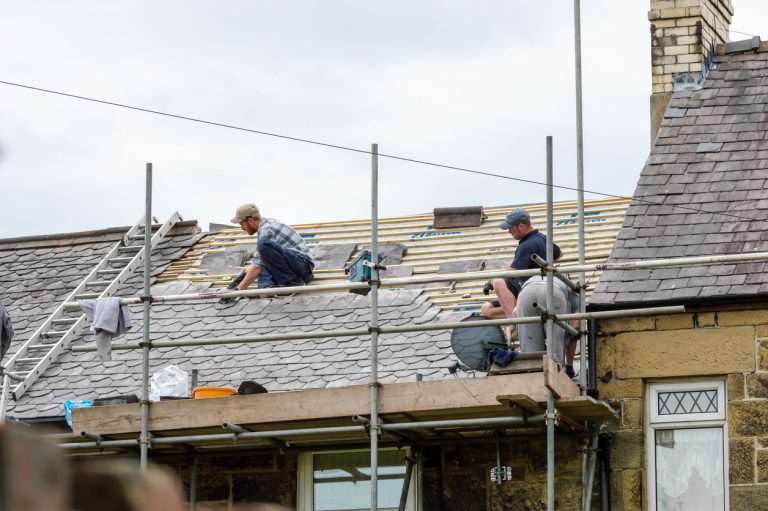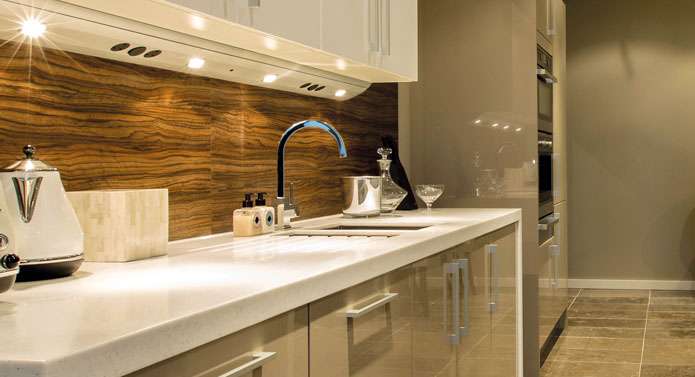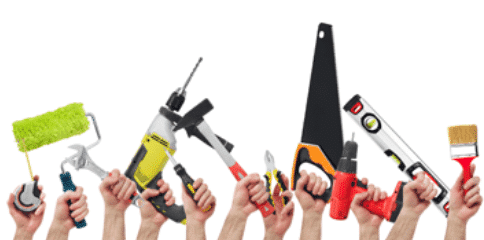New Roof Edinburgh – Strip & Re-slate

Re-slating of a new roof in Edinburgh following stripping, timber replacement and membrane fitting.
Get a free quote for a new roof in Edinburgh from an accredited roofer. Call us on 0131 315 0000, email: info@homeforce.co.uk or complete the form on this page.
This article deals with slate roofs (the most commonly needed “new roof” in Edinburgh). This type of new roof is commonly referred to as a “Strip & Re-slate”. CLICK HERE to read about flat roof systems.
Well maintained roofs in Edinburgh will last decades – 70 – 80 years – or more (read about roof maintenance here). There comes a time though, when a new roof is a more economical option than constant roof repairs.
A new roof on an Edinburgh tenement can be an even more daunting task. Eliciting responses from all owners, some of whom may not live in the tenement can be hugely time consuming (read some guidance here).
In this article we cover:
- What is a “strip and re-slate”
- Why it might be needed.
- The work involved.
- The potential cost.
- Why a new roof becomes more economical than repair.
When might a new slate roof be required?
- Slates past useable life time: –
- Slates – although made of stone – eventually become porous.
- This is due to the absorption and subsequent freezing of minuscule amounts of water over many years.
- Hard slates last anything from 75 to 200 years and soft slates from 50 to 125 years depending on the weather they are exposed to.
- Scottish slate has a useable lifetime of around 150 years. Good Welsh slate may come with a 100 year guarantee.
- There is a market for “second hand” slates. However, when slates become soft or delaminated they will be beyond salvage.
- If, when knocked with a hammer, a slate sounds dead and dull rather than giving off a clear ringing then it is likely that it is past its best.
- Nail sickness / nail fatigue:
- In years gone by iron or poor quality galvanised nails were used to fix slates in place.
- Progressive deterioration of these nails can lead to numerous slates becoming loose and slipping out of place.
- As more nails corrode a new roof / strip and re-slate becomes more cost effective than regular repairs. (See below)
- Timber damage or fatigue:
- Timber is a natural material and, as such, is subject to the way nature breaks it down.
- When properly maintained (i.e. treated and kept dry) timber will last many lifetimes but if left untreated and exposed to the elements it will start to rot.
- A small amount of rotten roof timber can be easily repaired or replaced.
- Extensive damage to sarking / roof boards may lead to a strip and re-slate to enable access to trusses and joists (for checking and repairing if necessary)
Symptoms that a new roof may be needed.
- Slow to dry:
- If the slates on roofs around yours appear to dry more quickly this is an indication that slates are at, or past, the end of their useable life.
- The in-built water repellent properties of the slates have been broken down over many years and they are holding water rather than forming a barrier.
- Slates blowing off in high winds:
- This could be a sign that the slates are rotten causing the holes they are nailed through to have expanded. Thus the nails no longer secure the slates.
- Alternatively the nails themselves could be severely corroded.
What is involved in a new roof strip and re-slate?
Following is a simplified summary of what is involved.
There are many “how to guides” on the internet. “How to” is not in the scope of this article:
- Existing slates removed. If still useable they will be set aside for reuse, if not they will be disposed of.
- Existing timber tile battens removed.
- All roof timbers are checked and repaired or replaced as required.
- If new sarking timber is to be fitted this will then be put in place.
- Building regulations require a breathable membrane (sarking membrane) to be fitted across the whole roof.
- On top of the membrane new tile battens (“lats”) are fitted.
- New (or reused) tiles are then nailed to the battens.
What does a strip and re-slate cost?
Roofs come in many different shapes and sizes. They are also built using different materials costs to replace a roof costs can vary widely.
The main factors affecting price are:
- Size or area of the roof
- Design or type of roof
- Materials to be used
- Accessibility of the roof (See below)
- And, of course, the extent of any damage to the roof timbers.
As a guidance figure though between £50 to £70 / sq. meter would cover the costs for, materials, debris disposal and labour.
Additional to this would be the access costs i.e. scaffolding.
Why does a new roof become more economical than repairs?
As mentioned above “access” can have a major impact on the cost or a roof replacement.
Safety rules and guidelines are such that even to do a roof repair a scaffolding may be required. If regular roof repairs may be needed then you may pay for scaffolding time and again.
Yes, some roofers may say they can do the repair without scaffolding or rope access may be an option but beware:
- You may be liable for a tradesperson injured on your property. Or liable for a fine if a tradesperson does work in an unsafe manner.
- Rope access contractors are often not qualified roofers and may only be able to do limited work on a roof.
Undoubtedly roofers have a reputation for overstating the need for work on a roof (A study by Which? found that roofers & builders were the least trusted trade. However, give the potential costs and impact of not addressing roof issues then we’d recommend at least seeking a second opinion when someone suggests it’s time for a new roof.
Book a quote for a new roof in Edinburgh now:
- Complete our Tradesperson Booking Form
- Tel: – 0131 315 0000
- Email: – info@homeforce.co.uk



